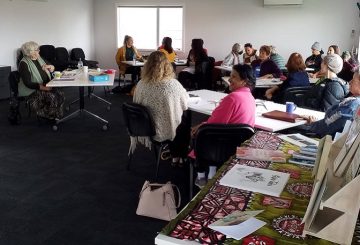Jeya Wilson, sinh ra ở Sri Lanka vào năm 1951, đã sống một cuộc sống đáng chú ý bao gồm bị bắt nạt ở Anh, giúp Barack Obama trở thành tổng thống người Mỹ gốc Phi đầu tiên và đóng một vai trò quan trọng trong phong trào chống hạt nhân. Cô có lẽ được biết đến nhiều nhất với việc thuyết phục David Lange tham gia vào cuộc tranh luận của Liên minh Oxford năm 1985, nơi ông đã đưa ra câu nói nổi tiếng của mình về uranium. Vào thời điểm đó, Wilson là chủ tịch của Liên minh Oxford, một vị trí đã được nhiều thủ tướng tương lai nắm giữ.
Bất chấp sự lạm dụng chủng tộc mà cô đã trải qua ở Anh, Wilson quyết định theo học Đại học Oxford sau khi tự mình chứng kiến điều đó. Cô đã có thể học tập ở đó thông qua học bổng và cuối cùng tranh cử chức chủ tịch Liên minh Oxford cùng với Boris Johnson, người sau này trở thành thủ tướng của Vương quốc Anh. Wilson trở thành người phụ nữ da màu thứ hai giữ danh hiệu danh giá này, sau Benazir Bhutto, thủ tướng tương lai của Pakistan.
Trước nhiệm kỳ tổng thống của mình, Wilson là một phần của ủy ban thiết lập các cuộc tranh luận nổi tiếng. Bà mời Thủ tướng New Zealand, David Lange, tham gia vào một cuộc tranh luận, một quyết định đầy rủi ro do bản chất không thể đoán trước của các cuộc tranh luận. Sự tham gia của Lange vào cuộc tranh luận về đạo đức của vũ khí hạt nhân đã thành công, khiến ông được hoan nghênh nhiệt liệt.
Ngày nay, Wilson sống một cuộc sống yên tĩnh ở Whanganui, New Zealand. Sau 14 năm sống gần hồ Geneva, cô và chồng quyết định trở về New Zealand. Cô ấy thích cuộc sống đơn giản của mình và sẽ không thay đổi nó vì bất cứ điều gì.




























































